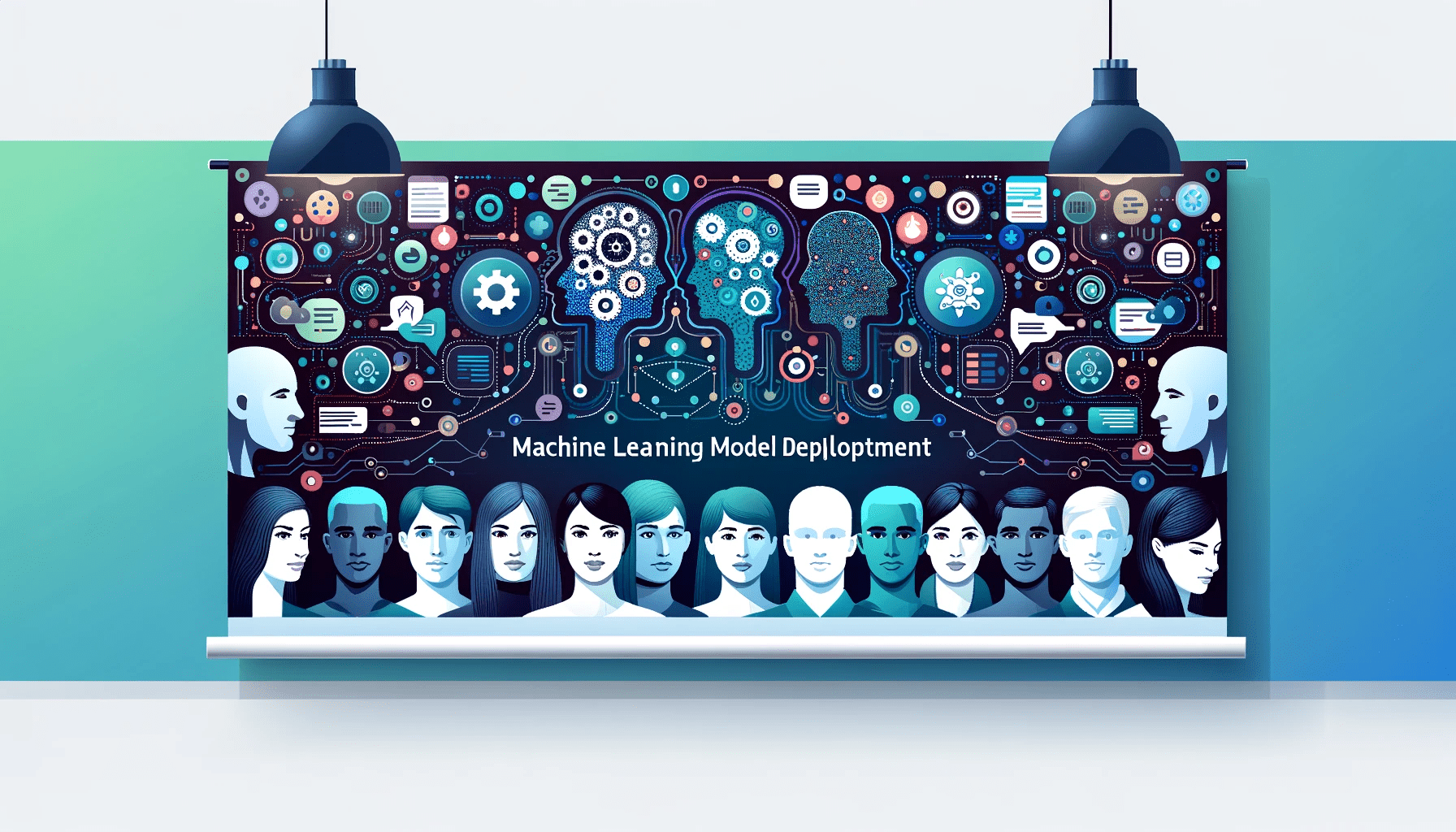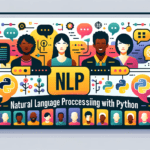We live in a world awash with data, and machine learning (ML) models are the compasses we use to navigate this vast ocean. However, building an ML model is only half the battle. The real magic lies in deploying it.
The Essence of Model Deployment
What is Deployment?
Deployment refers to integrating an ML model into an existing production environment so it can start taking in inputs and producing outputs in real-time. Think of it as putting your model to work.
Why is it Crucial?
An ML model that isn’t deployed is like a sports car that never leaves the garage. It might be powerful and well-designed, but it’s not fulfilling its purpose. Deploying a model allows businesses to utilize its insights, improving efficiency, and fostering innovation.
Steps to Efficient Model Deployment
Model Validation and Testing
Before releasing our sports car (the ML model) onto the road (production environment), we need to ensure it’s safe and functions correctly. This means testing it rigorously against unseen data and validating its performance metrics.
Selection of Deployment Platform
The next decision is where to deploy. This could be on-premises, on a cloud platform like AWS or Azure, or on edge devices. The choice often depends on the application’s needs and the expected traffic.
Integration into the Production Environment
Once our model is validated and we’ve chosen our deployment platform, it’s time for integration. This phase involves wrapping the model in an API and ensuring seamless interaction with other systems.
Common Challenges in Deployment
Scalability Concerns
As our application grows in popularity, can our model handle the increased load? Ensuring our deployment infrastructure can scale is paramount.
Model Drift
Over time, as new data flows in, the model’s performance might start to deteriorate. Continuous monitoring and frequent updates are essential to combat this drift.
Security and Compliance
In the age of data breaches, ensuring that our deployed model is secure from threats and compliant with regulations is not just optional; it’s imperative.
Best Tools for Deployment
Deploying machine learning models can seem like a daunting task, especially given the myriad of options available. But fret not! By exploring some of the industry-leading tools, we can gain clarity on which might be best suited to our unique requirements.
TensorFlow Serving
Do you find solace in the TensorFlow ecosystem? If yes, TensorFlow Serving will undoubtedly resonate with you. It isn’t just a serving system; it’s a serving system tailored explicitly for machine learning models, a distinction that carries a wealth of advantages:
-
Modular and Versatile:
TensorFlow Serving can handle not just one but multiple models simultaneously.
-
Optimized for High Performance:
It ensures your models are available whenever needed, without any bottleneck.
-
Batching Capabilities:
Has inherent support for batch queries, optimizing resources better.
-
Integration with Other TensorFlow Tools:
Ensures a smoother transition from model training to deployment.
AWS SageMaker
If you’re someone who is already smitten by AWS, SageMaker might just be your tool of choice:
-
Comprehensive Solution:
Offers an environment to build, train, and deploy your models.
-
Auto Scaling:
Uses Elastic Inference to dynamically allocate resources.
-
End-to-End Security:
With encryption both in-transit and at-rest, and integration with AWS IAM.
-
A/B Testing:
Allows deploying multiple models behind a single endpoint for efficient model comparison.
Azure Machine Learning
Microsoft’s Azure ML brings forth a set of tools that are both powerful and intuitive:
-
MLOps Capabilities:
Offers tools designed for smooth deployment, monitoring, and management.
-
Flexible Deployment Options:
Supports deployment on the cloud, on-premises, or on the edge.
-
Deep Integration with Other Azure Services:
Offers seamless integration within the Azure ecosystem.
-
Drag-and-Drop Designer:
A visual interface for those less familiar with coding.
The tool you choose depends largely on your ecosystem of choice—TensorFlow, AWS, or Azure. Each tool offers unique advantages tailored to different needs.
Conclusion
ML model deployment is the bridge between theoretical data science and practical business value. By understanding the intricacies of the deployment process and leveraging the right tools, organizations can harness the full power of machine learning.
FAQs
Q: How often should I retrain my model?
A: Depending on the application, frequent retraining might be necessary, especially if the incoming data changes significantly over time.
Q: How do I know if my model is still performing optimally after deployment?
A: Monitoring tools can track your model’s performance metrics in real-time, alerting you if there’s a significant drop in accuracy or other key indicators.




